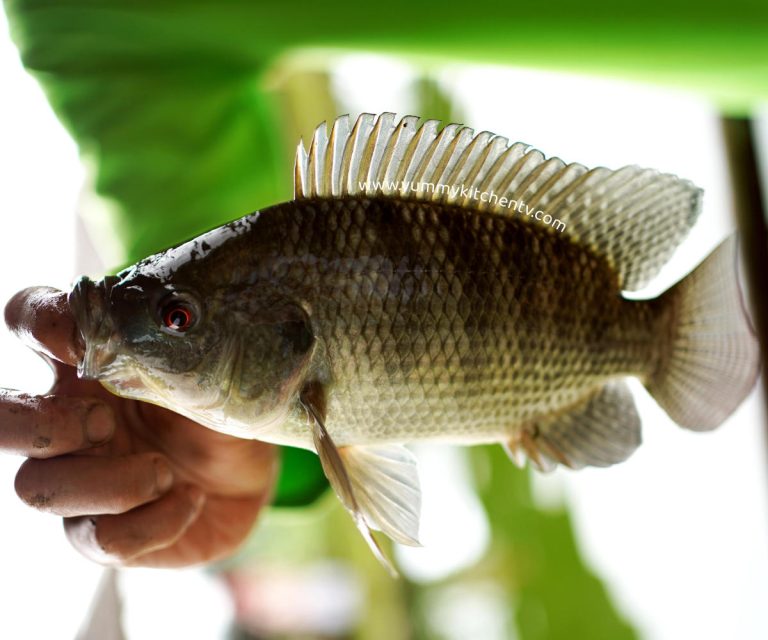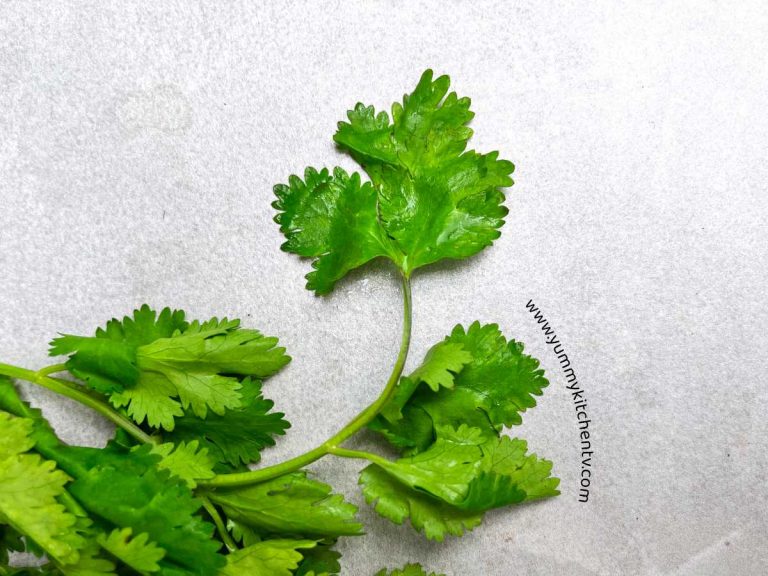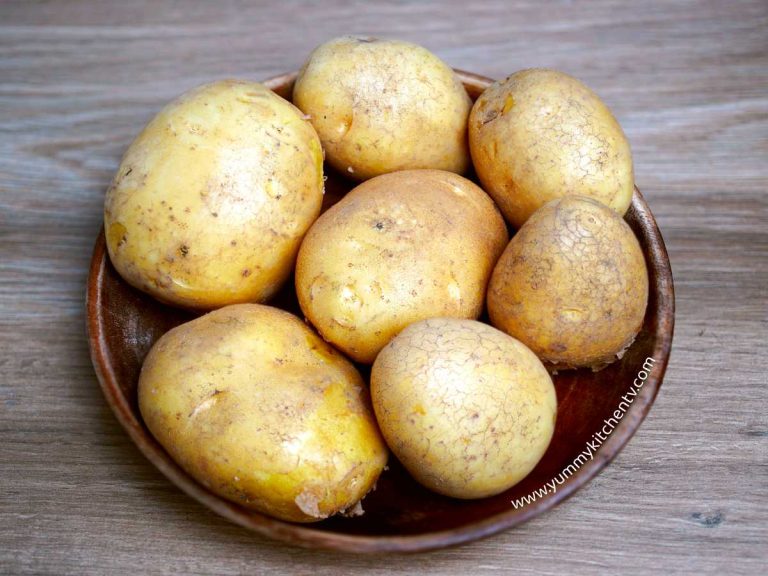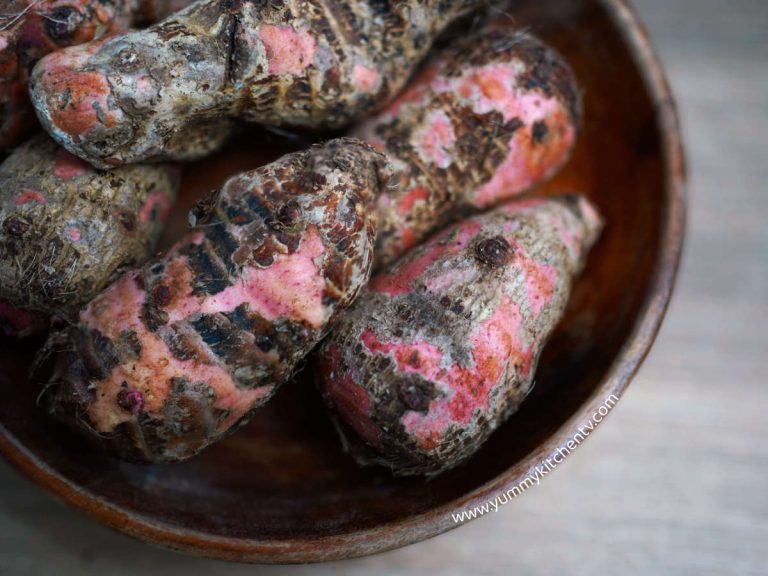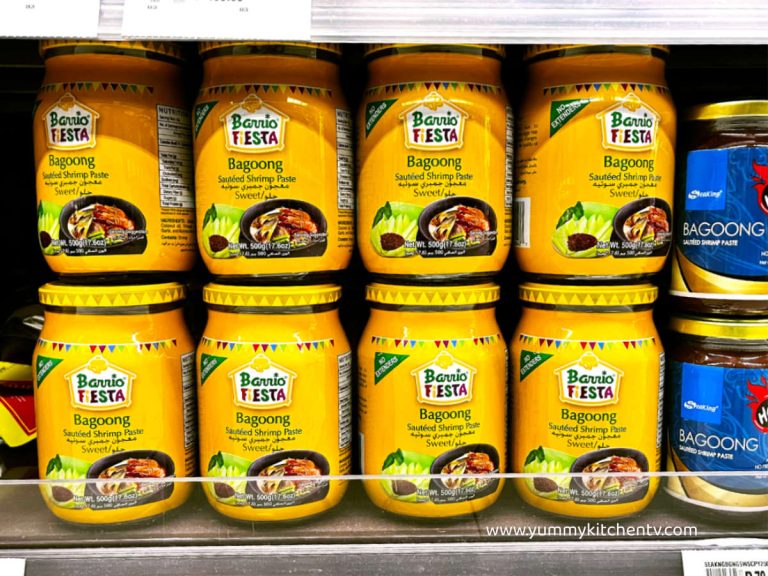Guava (bayabas)
The Guava (bayabas) comes from the shrub family ‘Myrtaceae’, cultivated in tropical and subtropical regions. This incredibly yummy, low in calories, and loaded with fiber nutrients fruit is oval in shape, has a light yellow or light green skin, with pink to dark red colored flesh. These were traditionally used as a remedy for certain ailments but it now more popularly eaten as a dessert eaten fresh, turned into a refreshing beverage, candy, and other dishes.
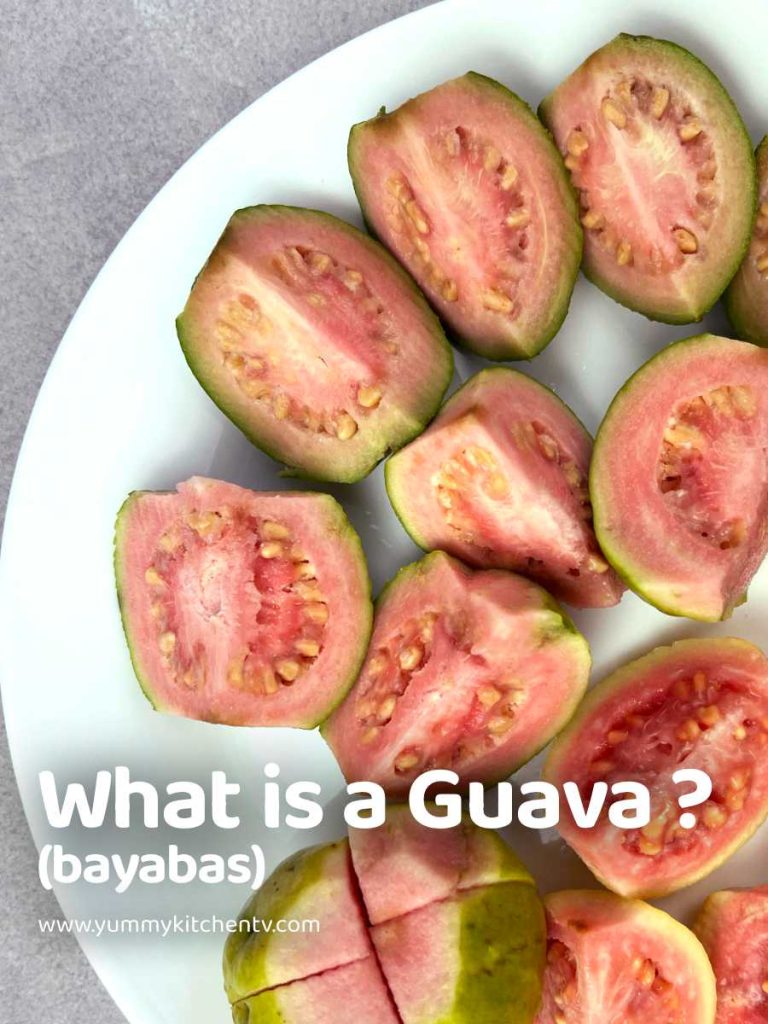
A short Introduction
Guava fruit, pronounced ‘gwaa-vuh’ with the scientific name ‘Psidium Guajava’ are tropical trees indigenous to South America, Caribbean, Central America and Mexico. Though in 2019, India led 45% of production of this sweet fruit, that is also considered a berry. The term ‘Guava’ is given to the same genus or species as apple, strawberry, lemon, and pineapple guava. The name has been used since the 16th century, from the extinct Arawakan language Taíno. This was then adopted by European and Asian countries.
Coming from Peru, from written records, stating that it has been cultivated since 2500 BCE. a crop adopted in tropical and subtropical areas. Commonly eaten raw, but used in Mexico and Latin American countries to make a refreshing fruit punch the agua fresca, as candies, snack bars, or dipped in chamoy a sauce mix made of picked fruits. In Taiwan they’re eaten as street food and night markets with plum powder, sugar and salt. Cuba as ‘pastelitos de guayaba’ a puff pastry filled with guava jam, the Brazilian ‘goiabada’ a conserve, Colombian and Venezuelan ‘bocadillo’ or guava paste. In other countries it’s eaten with a pinch of salt, sometimes with spices like masala or cayenne, as pressed juice, or in fruit salads.
The guava tree grows in dry and humid heat, reaching a height of almost 33 feet, and bears an oval shaped fruit that has light green to light yellow skin, with a pink almost cotton candy to dark red colored flesh, and edible small white seeds. The guava leaves are thick but edible and used as herbal tea or as an extract to be turned into a supplement. Guava tastes uniquely sweet, like a hybrid of a pineapple and strawberry, with a pear-like crunchy texture.
Growing in popularity as a new ‘superfood’. These are sold on the streets or groceries, and have been produced canned, as an Asian guava candy, refreshing guava juice drink, even into an alcoholic drink like a margarita, turned into a beautifully pink guava cake, preserves, jam, or desserts. In some cases the reach of guava uses are medical. From an herbal tea to consume for anti-stress and menstrual cramps, to pregnant women consuming to help with developing the baby’s neurological system.
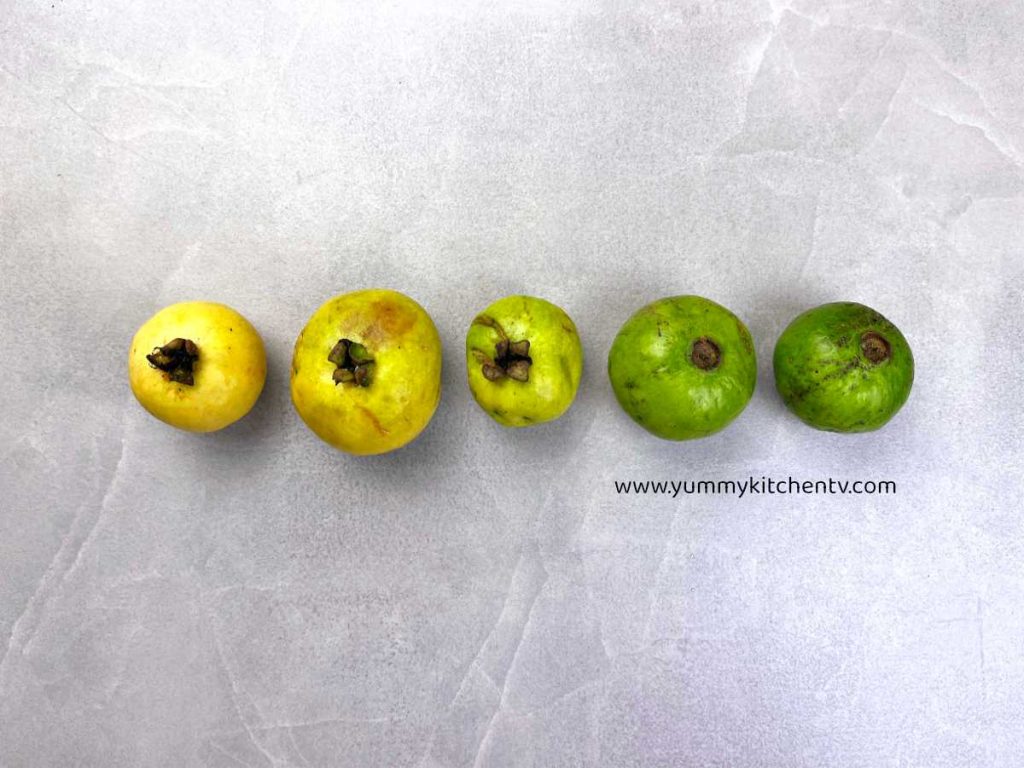
Guava benefits & nutrition facts
A university pleasant sweet fruit that is not only delicious but packed full of nutrients. A great addition as a fruit, as a supplement, beverage, extracts or tea to a healthy diet, even dubbed as a ‘diabetic-friendly fruit’. Here are just some examples on how this aesthetic looking fruit can help you:
- Can help lower blood sugar levels. The extract from guava leaves reduces blood sugar and improves insulin resistance.
- Boosts heart health, with its high amount of antioxidants and vitamins.
- Relieves menstrual pains like stomach cramps.
- Has high levels of potassium and dietary fiber that benefits the digestive system.
- Because it is rich in fiber, it also helps with weight loss, it keeps the body full for longer.
- Keeps the gut healthy and is a great source of Vitamin C, which also boosts immunity.
- Improves skin elasticity and keeps against or slowly helps keep you from having fine lines and wrinkles. This is because it has Vitamin A, C, lycopene, and carotene.
How to eat Guava (Bayabas)
- Give the fruit a good rinse under running water, as the rind is also edible.
- Optional, if you do not want to eat the rind, slice the fruit in half, scooping only the pink or reddish flesh, as you would an avocado.
- All parts of the fruit are edible, even the seeds. But if it feels too tough, remove these with a spoon or your fingers.
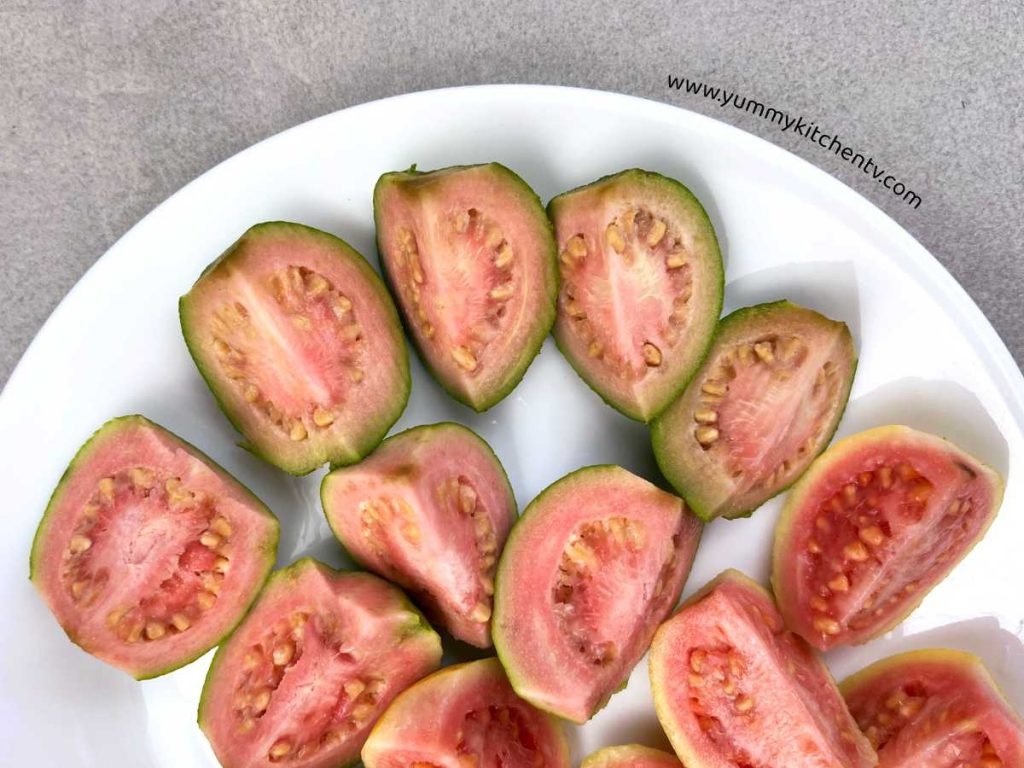
Can you eat guava seeds?
Yes, every part of the fruit is edible. The. seeds are even more packed with Vitamin C than the whole fruit. They also have a laxative effect in the digestive system which results in a smooth bowel movement. Great for those with constipation. But those with very sensitive stomachs might not want to consume much of the seeds as it might cause diarrhea.
How Guava (Bayabas) came to the Philippines
The Guava tree or ‘Bayabas’ in Tagalog is a round shaped fruit with a smooth light yellow-green skin, and creamy pink or pink spotted white flesh inside. It typically weighs at 0.4 to 0.7 lbs. A creamy, sweet, aromatic and a bit tart type of fruit. Making it a great addition to sour type soups like sinigang. In the Philippines these are used or added into sweets like cakes, pies, in local wine, syrup, jellies or jam. Thanks to its commercial and medicinal usefulness it’s turned into supplements and teas to use for stomach aches and even childbirth, the wood from the tree are even used in carpentry and turnery.
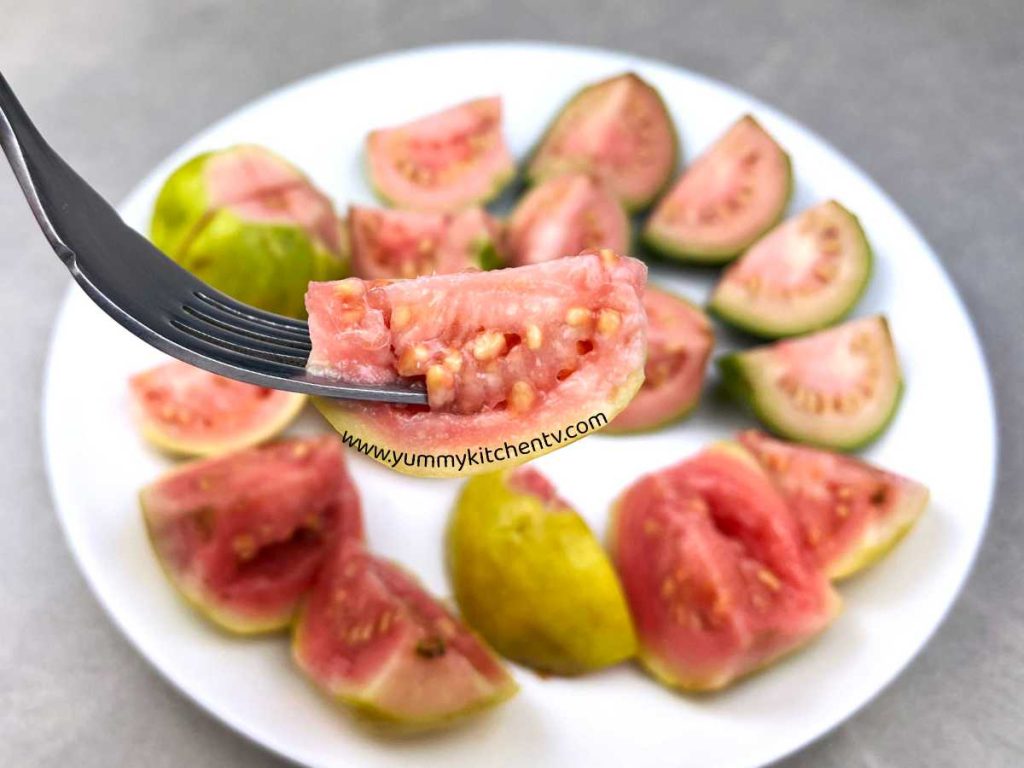
Loaded with vitamins and antioxidants. This easy to eat immunity booster is a nice treat to satisfy your sweet tooth and the body’s needs.
